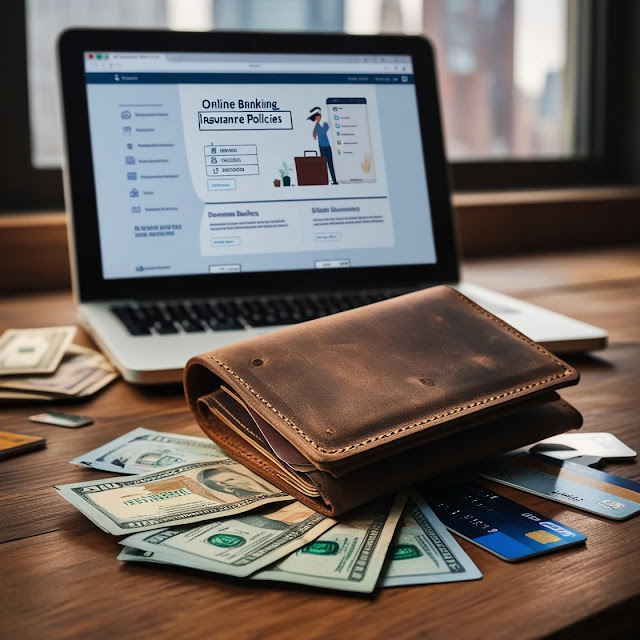NFTs and Crypto Art: Innovations in Digital Creativity
In recent years, the realms of digital art and blockchain technology have converged, leading to the rapid rise of NFTs and crypto art. These innovations are transforming how artists create, sell, and interact with their audiences, ushering in new forms of ownership and investment in digital creativity. This article explores the concept of NFTs, their impact on the art world, and how they’re reshaping the future of creative industries.
 |
| NFTs and Crypto Art: Innovations in Digital Creativity |
What are NFTs?
Non-Fungible Tokens, or NFTs, are unique digital assets built on blockchain technology, typically on Ethereum. Unlike cryptocurrencies, each NFT is one-of-a-kind and cannot be exchanged on a one-to-one basis. NFTs represent ownership of a unique item, like a piece of digital art, music, or even virtual real estate, stored on a blockchain ledger that certifies authenticity and ownership.
How NFTs Are Transforming Art and Creativity
Crypto art, driven by NFTs, is redefining the art world. Traditional barriers for artists, such as gallery fees and geographical limitations, are dissolving as creators reach global audiences directly through NFT marketplaces. Digital artists can monetize their work without intermediaries, keeping a significant share of the revenue while establishing unique ways to connect with collectors. NFTs have also introduced the concept of royalties, where artists earn a percentage from future resales, a powerful incentive and support for creative work.
The Market for Crypto Art
The market for crypto art has grown substantially, with millions spent on digital artworks. Platforms like OpenSea, Rarible, and Foundation have become popular destinations for buying and selling NFT art. High-profile sales, such as Beeple’s "Everydays: The First 5000 Days," which sold for $69 million, have brought crypto art into the mainstream, sparking curiosity and investment from art enthusiasts, collectors, and financial speculators. However, the market is volatile, influenced by technological trends, hype cycles, and overall sentiment in the cryptocurrency industry.
Benefits and Challenges of NFTs in the Art World
NFTs provide artists with new revenue streams and control over their work, while collectors gain verifiable ownership. Yet, there are challenges, such as environmental concerns related to blockchain energy consumption, market volatility, and legal issues around intellectual property. Artists and collectors must weigh these benefits and risks carefully, as the crypto art market evolves and addresses these concerns through alternative blockchain solutions.
NFTs and the Future of Digital Creativity
The future of digital creativity seems intertwined with blockchain and NFT technologies. Virtual and augmented reality art, gamified experiences, and interactive art are some of the directions digital creators are exploring. NFTs could enable new collaborations, ownership models, and community-driven content, allowing artists to redefine creative boundaries. As blockchain technology matures, it may open up even more opportunities for unique, immersive digital experiences.
Frequently Asked Questions
What makes NFTs unique compared to traditional art?
NFTs are unique due to their digital verification of authenticity on the blockchain, allowing for a transparent, tamper-proof record of ownership that cannot be replicated with traditional art forms. This digital uniqueness enables artists to certify their work in ways previously impossible, making NFTs particularly valuable in the digital realm.
Can anyone create and sell an NFT?
Yes, anyone with digital content can mint, or create, an NFT on platforms like OpenSea or Rarible. The process involves creating a digital wallet, uploading the digital asset, and paying a transaction fee (known as "gas") to place the NFT on the blockchain. This accessibility has empowered independent artists worldwide, but it also leads to issues of quality and copyright infringement, as not all NFTs are equally valuable or authentic.
Are there alternatives to energy-intensive blockchains for NFTs?
Yes, alternatives such as Tezos, Flow, and Polygon have emerged, offering more energy-efficient blockchains compared to Ethereum. These platforms are actively used for NFT projects that prioritize environmental sustainability, and many artists are switching to these alternatives to reduce their ecological footprint while still participating in the NFT space.
Conclusion
NFTs and crypto art represent groundbreaking innovations in the digital creativity landscape. By offering artists new ways to monetize and distribute their work, NFTs have transformed the art world, reaching global audiences without traditional intermediaries. Despite challenges such as environmental concerns and market volatility, the future of digital creativity looks promising as blockchain technology continues to evolve. As NFTs mature, they may inspire even more immersive, interactive forms of art, potentially shaping how future generations experience and appreciate digital creativity.





